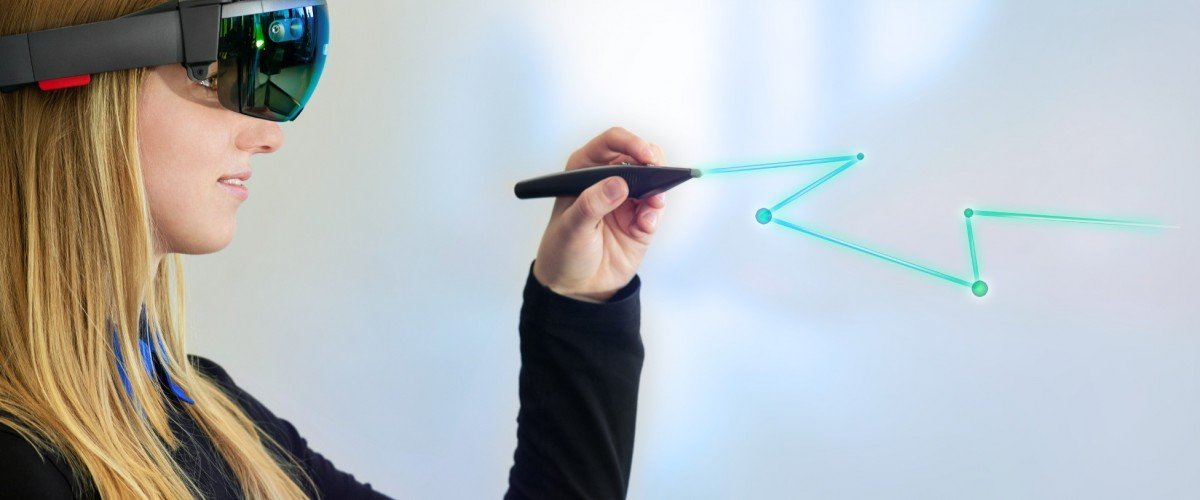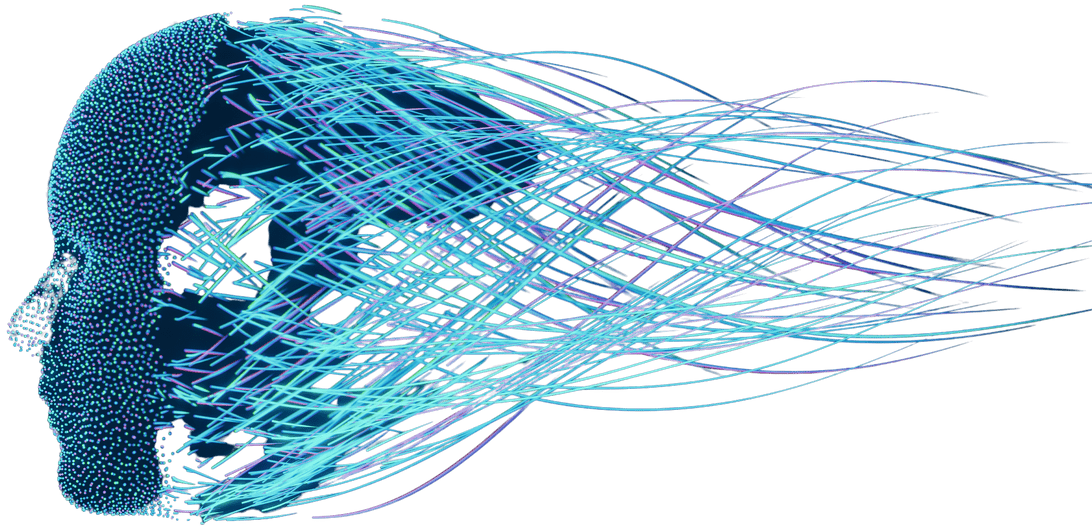
With Holo Stylus, castles in the sky are brought into reality. The 3D input device for augmented reality draws in the air and is also visible for those who do not wear data glasses. New are the easy handling and the precision. The inventors see it as the mouse of the future.
The researchers in the Holo Light start-up actually specialize in the development of software for data glasses for industrial applications. It was dissatisfaction with existing interaction methods that brought them the idea of the hardware. The interaction with virtual content is crucial for a smooth handling of the technology. But they found even the latest methods still too complicated. Input is based on gestures, languages and head movements, is difficult to learn and imprecise. Also, there is no uniform standard.
Intuitive
In 2015, the researchers launched the Holo Stylus 3D project together with the Management Center Innsbruck (MCI) and developed an easy-to-use, pen-like input device for augmented, mixed and virtual reality. This serves as a tool for interaction and creation and covers a wide range of applications. The target groups are constructors, designers, architects and surgeons.
The intuitive input device is suitable for writing, painting, drawing and measuring. Fully interactive 3D holograms can be drawn in the air and merged with the real environment. In addition to its simplicity, the device is distinguished by its sub-millimeter precision: This results from Holo Light’s own tracking technology, which is based on artificial intelligence.
Precise
It is precisely this precision that opens up new control possibilities. For example
- sensitive details of surgical procedures can be simulated and fine hand movements such as welding, or soldering can be trained;
- Designers can use the pen to move even the smallest parts;
- Precise measurements can be carried out, robotics controlled, and notes created intuitively;
- digital content can be made more precise or even completely created in virtual space without losing details;
Holo Stylus is compatible in all functions with head-mounted devices (HMD) such as MicrosoftHoloLens 1. Tracking technology can be used on all Bluetooth devices.
A video about the use of Holo Stylus can be found here
In 2018, the innovation was awarded major prizes: the German Innovation Award 2018 and the 2018 Auggie Awards in Santa Clara, Silicon Valley. The input device, which enables a new type of interaction and creation for virtual content and millimeter-precision, convinced the jury members.
New Applications
Holo Stylus is able to improve all types of augmented reality applications, but also enables new applications. Generating ideas for applications was one of the reasons to start a first test phase in November 2018, explains Holo Light co-founder Luis Bollinger. The selected companies – including Microsoft and Festos – also received a Software Development Kit (SDK) that enabled them to integrate their own apps.
Now Holo Stylus is being prepared for HoloLens 2. The results of the test phase were taken into account and the weight was reduced to thirty grams. The launch is expected to take place in September 2019 – when HoloLens 2 is available. Companies that have previously used the input device on HoloLens 1 will then need to make minor adjustments.
Software
Holo Light was founded in 2015 by Luis Bollinger, Florian Haspinger, Susanne Haspinger and Alexander Werlberger and has offices in Munich and Innsbruck. Its mission is to develop intelligent augmented realitysolutions for companies in order to simplify and optimize their processes.
Another project of the startup was recently developed in cooperation with the Technical University of Munich, Fritzmeier Cabs, MTS and Vemcon. In this, complex amounts of data collected in excavator operating systems were fed into an augmented reality application and converted into clear and easily understandable holograms. The holograms are displayed where they are needed in the real environment. This is possible because the intelligent systems in excavators are satellite-based and can determine the position and rotation of all moving parts. For example, the excavator driver can see exactly how deep and how wide he still has to dig.






